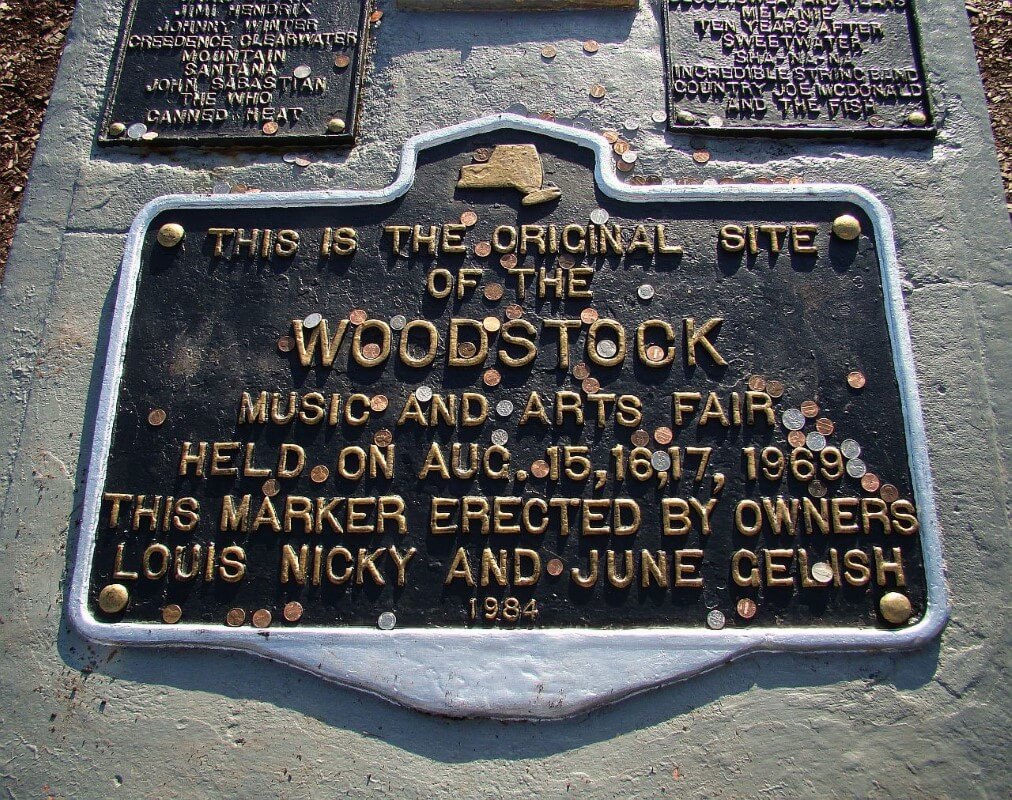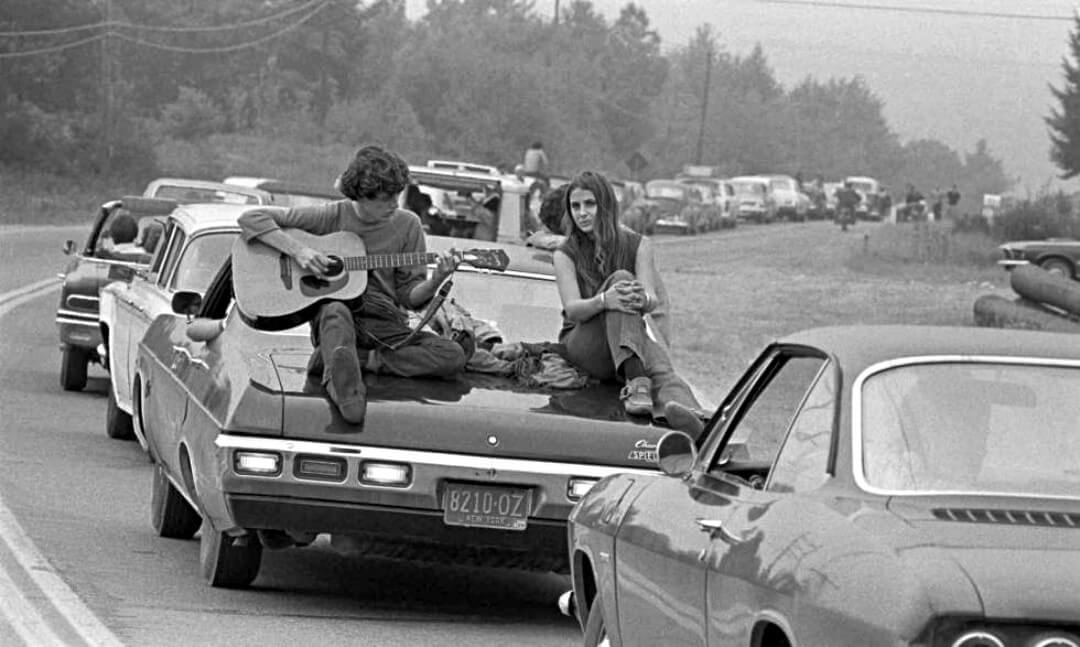
Valve amplifiers McIntosh and Woodstock: the full story
When talking about audio systems McIntosh, particularly tube amplifiers, it is inevitable to go back to some of the events that have shaped music history. For the New York-based house has been the protagonist of generational events. Prominent among them is the experience at Woodstock. It's a journey that brings the mind back to legendary musical performances, from Janis Joplin to Jimi Hendrix, from Santana to the Grateful Dead, another name particularly linked to Frank's company McIntosh.
Let's find out, then, how the iconic amplifiers ended up on the stage of free music, in August 1969, rightfully inscribed in the Olympus of high-fidelity equipment.

The tube amplifier McIntosh conquering Woodstock
The story we want to tell you begins in the early 1960s thanks to Bill Hanley, a true pioneer of live sound. In this fine CePro article, passages from the book, "Woodstock: The Oral History," are highlighted. In particular, we read that Hanley received a call from Stan Goldstein, a record producer. The latter wanted to know more about how to structure a sound system for a big live show. A large live show that, shortly thereafter, turned out to be Woodstock itself. Hanley explains:
I got this call from Stan Goldestein. He wanted to know more about how to put on a big show, for a lot of people […] That's how we got involved in the project. We created the whole concept from scratch-we were the first ones to put on a high-fidelity sound system with giant speakers and very powerful amplifiers.
And that's where Binghamton House products come in:
Before Woodstock, we had taken care of the sound system for President Johnson's inauguration ceremony in 1965 and used amplifiers McIntosh. We were doing things like that every day at the time, with the anti-war movement and all the events that involved large crowds. We were the most experienced group of people in our field.
The choice of facilities to be used during the concert was also a direct consequence of the location. Hanley explains that the small town of Bethel was preferred after discarding several other options. And when it came to the choice of the systems to be used on stage, there were particularly few doubts.

The sound setup used at Woodstock
Bethel's lawn was chosen based on attendance forecasts. The organizers expected an attendance of 100,000, so Hanley chose to employ Altec HIS 410s speakers with crossovers between 50 Hz and 8 kHz. To give power to the speakers, systems were precisely chosen McIntosh.
But the size of the area to be amplified proposed other challenges. In addition to the equipment placed on the stage, other systems located at different heights also had to be accommodated. Hanley explains:
We had two altitudes to manage. A lower one, at the front, and a higher one, at the back. We compressed the sound, and ended up building a special cluster of fixtures.
To power the speakers, Hanley chose amplifiers already in his company's inventory. These included the MC 3500, MC 275, MC 40, and MC 2105 models. The MC 2225 unit, on the other hand, was not granted by McIntosh, which preferred to allocate it exclusively to the much more profitable consumer market.
Harold Cohen, a Hanley employee, confessed that at Woodstock the company chose those units for their build quality, as well as for their excellent frequency response between 20 Hz and 20 kHz. The only change, then, concerned the power supplies. The original parts were removed and replaced with higher-performance components, so that the entire system would remain stable even at the highest peak powers.
It almost makes one smile to think that the final audience for the Woodstock festival was more than 400,000, compared to 186,000 tickets sold. Despite a turnout more than double what was expected, the Hanley-designed sound system did not betray expectations. And it made it possible to give voice to some of the most iconic performances in music history, such as this one:
History lives again with the tube amp McIntosh MC 275 VI
If you scroll through the list of audio amplifiers used at Woodstock, the MC 275 model stands out. This lives again today with the sixth generation, the tube McIntosh MC 275 VI.
The modern version of this immortal classic features 75 W of power on two channels. There is no shortage of iconic details such as the six illuminated tubes, patented Solid Cinch cable clamps, and Monogrammed Heatsinks.
For more information, you can visit our store's dedicated page, where you can delve into the data sheet and price of this true monument of music.